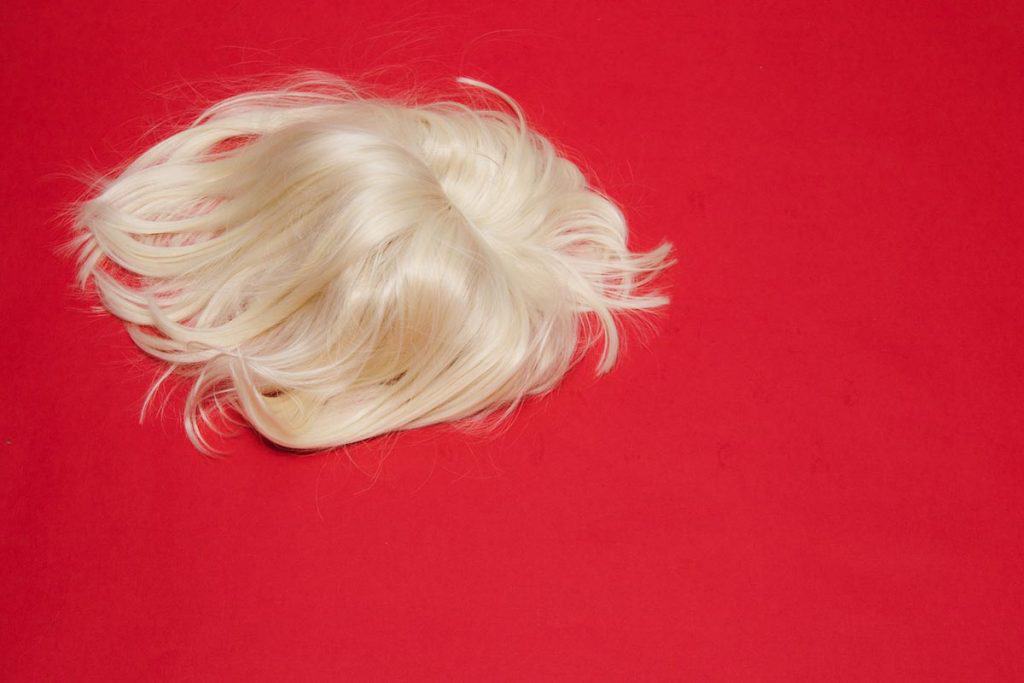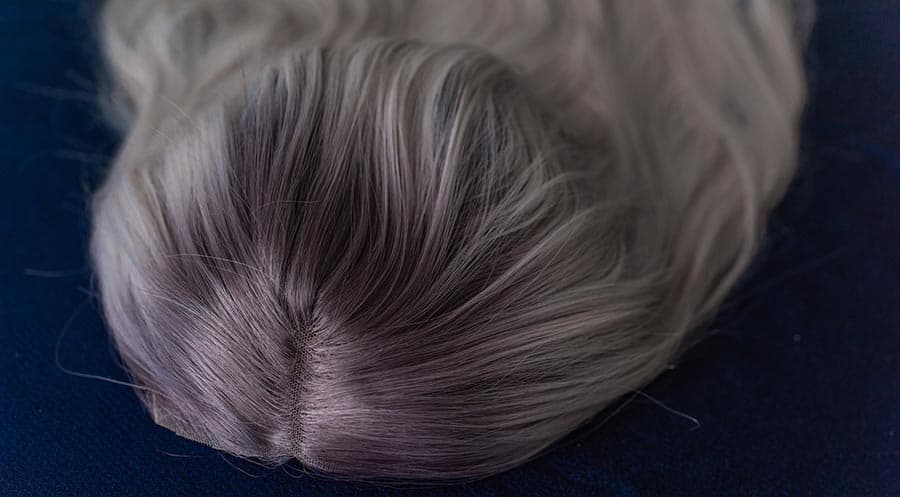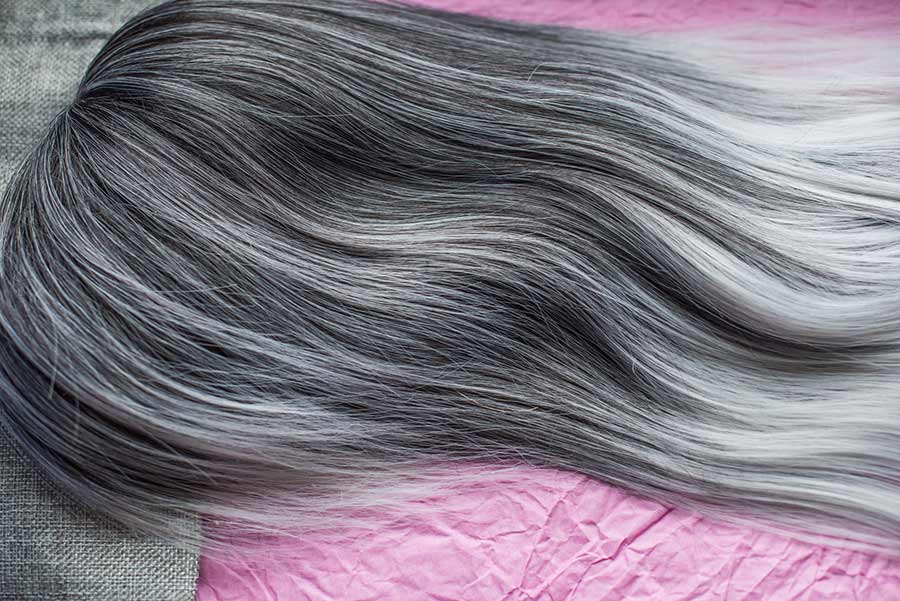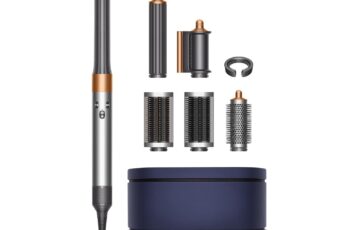
Flaunting your wig and having that fabulous hairdo comes with responsibilities. Caring for synthetic hair, getting the right tools, and adopting the proper technique are essential for its health. If you’re not sure how to brush a synthetic wig without causing any damage, this is the perfect guide for you.
Aside from taking you through the brushing process step by step, you’ll also learn the common reasons why synthetic hair tangles and becomes messy. So for everyone that’s convinced they can use their regular brush or comb, we’re here to give you a heads up and take you in the right direction.
Now, let’s see what every synthetic wig owner should know about care and maintenance to prolong a wig’s life.
Table of Contents
Reasons Why a Wig Needs Brushing
If you’re interested in learning how to comb synthetic wigs, you’re probably also interested in why synthetic hair requires brushing and combing. Since this isn’t real hair, why would you need to go through several steps to keep it tangle-free? There are several reasons that cause wigs to tangle (sometimes even more than real hair), and you can read all about them below:
Age
As your wig ages, you can expect the hairs to show signs of damage. This can lead to tangling and knots that appear more often than usual. You can’t expect the wig to look the same forever, and once it shows its age, you should consider replacing it with a new one.
Damage
Improper care techniques and products can cause damage to your synthetic wig. If you don’t use products and tools formulated for synthetic hair, you’ll stretch and stress the fibers, causing them to tangle and frizz. This is the main reason why you should focus on educating yourself about the proper technique.
Bad Quality
Before you purchase a wig, ensure that it is decent quality and comes from a reputable company. Synthetic wigs with bad quality won’t last you long, tangle often, and damage easily. High-quality wigs are indeed costlier; however, they’ll be a long-term investment.
No Natural Oils
Synthetic wigs don’t have natural oils to keep them nourished and moisturized. So the dryer the hair is, the more tangles will appear. The scalp produces oils that keep our hair healthy, shiny, and less prone to tangling.
Because of the lack of oils, synthetic hair tends to be significantly more susceptible to knots and tangles than real hair.

Brushes to Use on Synthetic Wigs
Before you learn the best way to brush a wig, you must get familiar with the tools. Synthetic wigs are not real hair; therefore, you need special brushes that will protect them from damage and leave your mane silky smooth.
Wig Brush
Wig brushes should be your first investment after purchasing a wig. They are designed for synthetic wigs and won’t cause stress to the hairs. Most of the designs feature bobbles on the end of the bristles that glide through the hair without stretching it.
Wig brushes style and detangle the hair at the same time. So when you need a two-in-one tool, this is what you should look for.
Looped brushes are another excellent choice. Their bristles form loops that are gentle enough for synthetic hair. Since there are no bristles with tips, the hair doesn’t get caught or damaged.
Instead, it glides through the loops for a smooth, frizz-free final look.
Wig Comb
Finding an excellent wig comb won’t be a challenging task considering how many sizes, types, and colors are available on the market. These tools are designed explicitly for combing synthetic wigs and detangling knots with ease. In addition, most wig combs are small and compact, making them great for travel or carrying in a bag every single day.
How to Brush a Synthetic Wig
Can you brush a synthetic wig? Of course! You can and should brush a synthetic wig as a part of its regular care and maintenance. However, as we mentioned, synthetic hair is more prone to tangling than natural hair, so we’ll share all the steps you should take to detangle and comb it properly.
1. Set Up a Station
Before we explain how to brush out a wig, it’s essential for you to know how to set up a station. Brushing the wig in your hands, on your table, or in your lap won’t do the job. What you need is a mannequin head or a wig stand to secure the wig in order to detangle and brush it.
If you don’t have a stand or mannequin, any tall object will do the job. When you secure it, you’ll be able to remove knots and tangles without the wig moving or getting damaged. Placing it on a tall object is even more essential if you have to work on long hair.
When you can’t find a tall object, your best bet is to place it on a table, lay it flat, and secure it with one hand while working with the other.
2. Grab a Detangling Spray
Detangling sprays are your best friend when it comes to brushing your wig. These products soften the synthetic hair, making it much easier for you to take care of tangles and knots.
There are numerous sprays to purchase, most of which are leave-in products. A detangler will help prevent future knots and leave the hair smooth. You’ll also find the wig much easier to style.
Once you’ve set up your station and secured the wig, all you need to do is spray the wig tips with the leave-in detangler. Ensure that you’ve sprayed enough product so that the comb glides through the hair with ease.
3. Get the Wig Comb/Brush
Grab your wig comb and start combing the bottom section that you covered with the detangling spray. If there aren’t any knots, you can slowly move up. Before you begin combing the new section, cover it with spray.
The most experienced wig users know precisely how to comb a wig, how large the sections should be, and which brushes/combs yield the best results. If you’re a beginner, the first time will take longer, but each following brushing session will be easier and quicker.
Some people prefer combing the wig with a wide-tooth comb first to remove all the large knots and tangles. Next, they grab a specialized wig brush and start going over the hair section by section. Which route you take is up to you.
The sections should be between three and five inches. Once again, before moving to a new section, generously spray it with the detangler, then start combing and brushing it. If you have a long wig, the process can take up to an hour.
Tackle each knot with care and avoid pulling on the hair to detangle it. This can cause shedding and damage, and the synthetic hair won’t look as good as new once you’re done. Combing and conditioning the synthetic hair will also help you straighten your wig.

4. Let It Air-Dry
When all the knots and tangles are gone, it’s time to rest. Let your wig air-dry, but remember to comb it quickly every half an hour. Depending on how much spray you added, the drying process can take between two and four hours.
If you didn’t place the wig on a stand or mannequin while you were combing it, you have to place it on an object while it’s drying. Leaving it on the table or counter won’t provide the necessary airflow, and the process will take longer.
Turning on the blow dryer might be the first thing on your mind, but you should avoid applying hot air because it can cause damage. You can use your dryer during urgent situations, but make sure that it’s set to low heat.
FAQs
Can you use a regular brush on a synthetic wig?
Unfortunately, regular brushes and combs are not a smart idea for a synthetic wig. Instead of brushing the hairs, standard brushes and combs will pull and stretch them, damaging the hair and lowering its quality.
Purchasing a comb/brush specifically made for synthetic wigs should be your priority. These tools are gentle on the wig hairs, won’t stretch the fibers, and will prolong the life of your wig.
How do you fix a frizzy synthetic wig?
A frizzy synthetic wig is every person’s nightmare. After you’ve spent so much time combing and styling your wig, seeing it frizzy and all over the place means that you have to use a few tricks and tips to make it smooth and glossy again.
Your first step should be applying a hair conditioning spray and smoothing the frizzy hairs. Using a shampoo and conditioner specifically formulated for synthetic hair can prevent flyaways.
Next, you can try a hot air brush or a portable steamer. These methods can use heat to tame stubborn hairs and achieve a sleek hairstyle.
Finally, if nothing else works, grab the scissors. Snipping and trimming should be your last resort.
Conclusion
How to brush a wig without damaging it? Adopting the correct brushing technique for your synthetic wig is even more important than you think. It will help you preserve the wig’s health, reduce tangles, and prevent damage.
After purchasing the right tools, you should secure the wig on a mannequin, wig stand, or a tall object. Next, spray the tips with a leave-in detangling spray and start combing. Once you’ve finished that section, move up and repeat the same steps.
When you’re done with the procedure, let the wig air dry, and it will look as good as new! Now all you need is an event to attend so you can show off your stunning hairdo!
0


